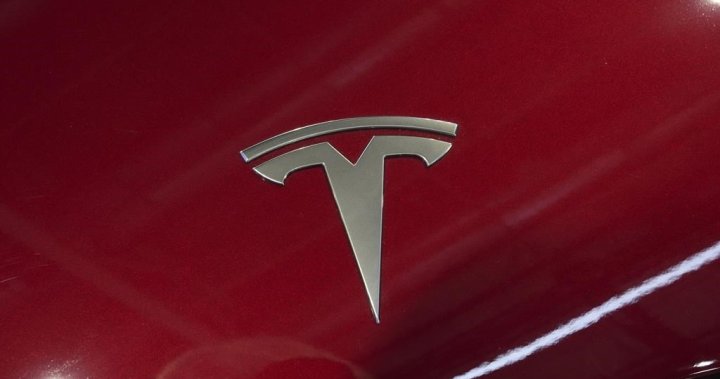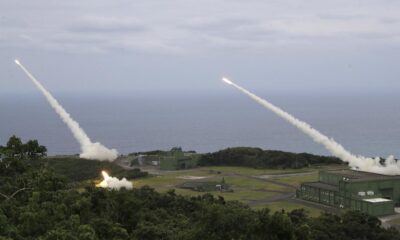Breaking News
U.S. probes Tesla’s ‘full self-driving’ system after crashes in low visibility – National

The U.S. government’s road safety agency is investigating Tesla’s “Full Self-Driving” system after receiving reports of crashes in low-visibility conditions, including one that resulted in the death of a pedestrian.
The National Highway Traffic Safety Administration (NHTSA) stated in documents that the investigation was initiated after Tesla reported four crashes where Teslas encountered sun glare, fog, and airborne dust, leading to accidents. One of these crashes resulted in a pedestrian fatality, and another involved an injury.
The focus of the investigation will be on assessing the ability of the “Full Self-Driving” system to detect and respond effectively to reduced roadway visibility conditions. The NHTSA will also look into the circumstances surrounding these crashes. The investigation encompasses approximately 2.4 million Teslas manufactured from 2016 to 2024.
Tesla has maintained that the “Full Self-Driving” system is not autonomous and requires human drivers to be prepared to take control at any time. The company has not yet provided a comment on the ongoing investigation.
Last week, Tesla unveiled a fully autonomous robotaxi without a steering wheel or pedals at an event in Hollywood. CEO Elon Musk announced plans to have autonomous Models Y and 3 operating without human drivers by next year, with robotaxis without steering wheels expected to be available in 2026 in California and Texas.
The impact of the investigation on Tesla’s self-driving goals remains uncertain. Approval from the NHTSA would be necessary for deploying a robotaxi without pedals or a steering wheel. State regulations would likely govern the deployment of autonomous vehicles in existing Tesla models, as there are currently no federal regulations specifically tailored to autonomous vehicles.
NHTSA will investigate whether similar crashes involving “Full Self-Driving” in low visibility conditions have occurred and will request information from Tesla regarding any system updates that may have affected performance in such conditions.
The review will specifically examine the timing, purpose, and capabilities of any updates related to visibility conditions and assess Tesla’s safety assessments regarding these updates.
Tesla reported the four crashes to NHTSA as part of an agency order applying to all automakers. One of the crashes involved a pedestrian fatality in Rimrock, Arizona, in November 2023, where a 2021 Tesla Model Y struck the pedestrian.
The investigation marks a shift for NHTSA, as it previously viewed Tesla’s systems as driver-assistive rather than fully autonomous. With this new probe, the agency is delving into the capabilities of “Full Self-Driving” and its ability to detect safety hazards without human intervention.
Michael Brooks, executive director of the nonprofit Center for Auto Safety, noted that the previous investigation of Tesla’s Autopilot system did not address why the vehicles failed to detect and stop for emergency vehicles. This new investigation aims to evaluate the system’s capability to detect safety hazards independently of driver attention.
© 2024 The Canadian Press
-

 Destination8 months ago
Destination8 months agoSingapore Airlines CEO set to join board of Air India, BA News, BA
-

 Breaking News10 months ago
Breaking News10 months agoCroatia to reintroduce compulsory military draft as regional tensions soar
-

 Tech News12 months ago
Tech News12 months agoBangladeshi police agents accused of selling citizens’ personal information on Telegram
-

 Gadgets3 months ago
Gadgets3 months agoSupernatural Season 16 Revival News, Cast, Plot and Release Date
-

 Productivity11 months ago
Productivity11 months agoHow Your Contact Center Can Become A Customer Engagement Center
-

 Gadgets3 weeks ago
Gadgets3 weeks agoFallout Season 2 Potential Release Date, Cast, Plot and News
-

 Breaking News10 months ago
Breaking News10 months agoBangladesh crisis: Refaat Ahmed sworn in as Bangladesh’s new chief justice
-

 Toys12 months ago
Toys12 months ago15 of the Best Trike & Tricycles Mums Recommend























